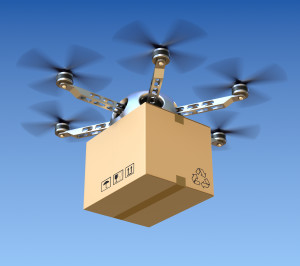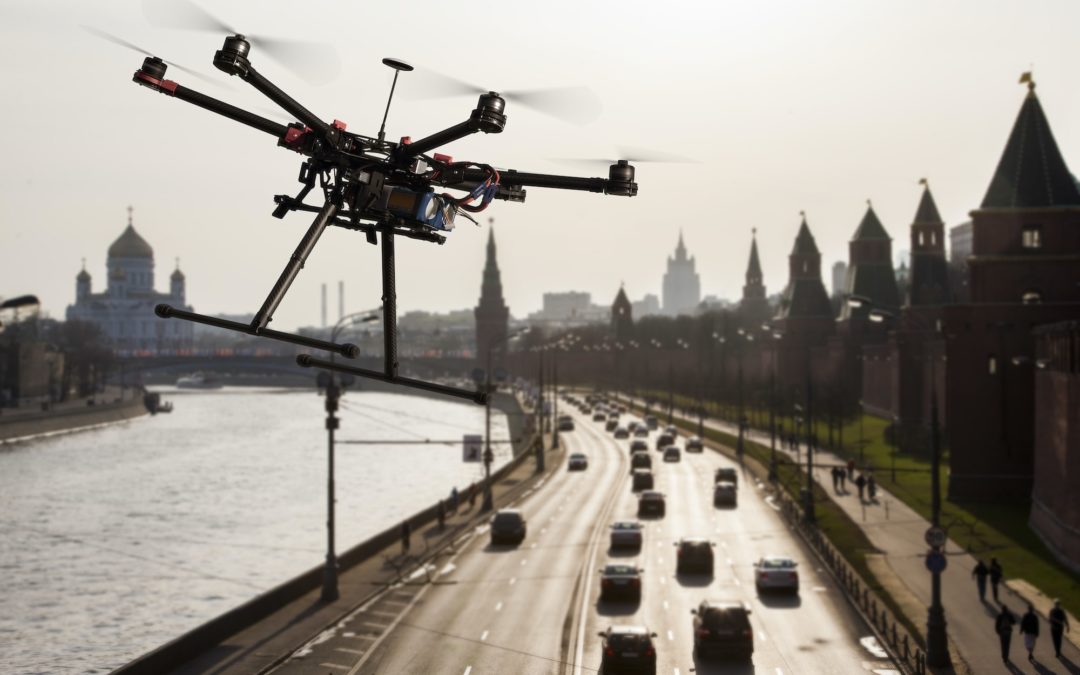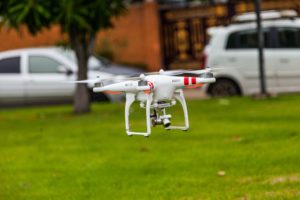Every once in a while a piece of technology is released to the public that changes the world. Over the past two years a new product has been developed that seems to once again be doing just that. Introducing: the personal drone. Okay, so most of you have already heard of them. A lot of you have probably seen or even used one. But for those of us who haven’t (or maybe need a refresher) let’s take a look at what they are and what they’re capable of doing.
Personal Drones and Their Many Uses
The personal drone, also known as an unmanned aerial vehicle (UAV), is essentially the RC helicopter’s older, much more advanced brother. The basics, like the ability to fly these helicopters around using a remote control are still in place, however recent advances in technologies like gyros, batteries, cameras, GPS and more have turned the old toy helicopters into something much more evolved. Out of nowhere what was once considered by many a hobbyist’s toy has now become an aerial tool!
By adding a camera and with it the capability of capturing and streaming footage, these devices can capture shots at angles that used to require thousands of dollars of equipment—and they do it for a fraction of the cost. This has caught the attention of videographers worldwide and has been used in everything from personal video to Hollywood cinema.
 But it doesn’t stop there. Some companies believe that drones are the future of delivery and are doing all they can to prove it. Amazon, one of the most popular online stores in the US, has announced and already begun working on their new service, “Amazon Air” where they have claimed they could deliver your purchase within 30 minutes of your order. QuiQui, a business based out of San Francisco, has already begun using drone delivery. Their company takes prescription orders and drones deliver them right to your doorstep using GPS.
But it doesn’t stop there. Some companies believe that drones are the future of delivery and are doing all they can to prove it. Amazon, one of the most popular online stores in the US, has announced and already begun working on their new service, “Amazon Air” where they have claimed they could deliver your purchase within 30 minutes of your order. QuiQui, a business based out of San Francisco, has already begun using drone delivery. Their company takes prescription orders and drones deliver them right to your doorstep using GPS.
FAA Regulations
Although lots of people are excited about personal drones, there are some basic questions that are being raised daily. The biggest question on everyone’s mind is, are they safe? With the easy access and amount of drones being sold to consumers, what is keeping them from crashing and falling out of the sky onto someone’s head? These fears have caused the FAA (Federal Aviation Administration) to set restrictions on the devices, prohibiting them from flying above 400ft, in airports and for any and all commercial use.
Even with the regulations against commercial use, you’ll notice that there are still many cases of people using them for their business. It’s hard for the FAA to enforce these regulations because there are so many cases. Usually all the agency can do is send out a warning to businesses after getting complaints from the public. These warnings order the companies to stop the commercial operation of their drones or suffer more drastic consequences.
Unhappy with these laws, thousands of personal drone owners and businesses are pushing back at the FAA trying to find a way that to utilize drones as the tools they are. In response, the FAA has publicly recognized that there needs to be a change to their regulations and are working on new policies and standards in order to better fit to the current situation. In fact, they are planning to make an announcement on the subject sometime in 2015 (Sorry, nobody knows the exact date).
Even with the legal snags that have emerged with the sudden rise of personal drones, we believe this new innovation in technology is here to stay. At some point the FAA and those who want to use drones to make money will come to an agreement, and that will be another step forward in the forever evolving technology-driven world we share.


